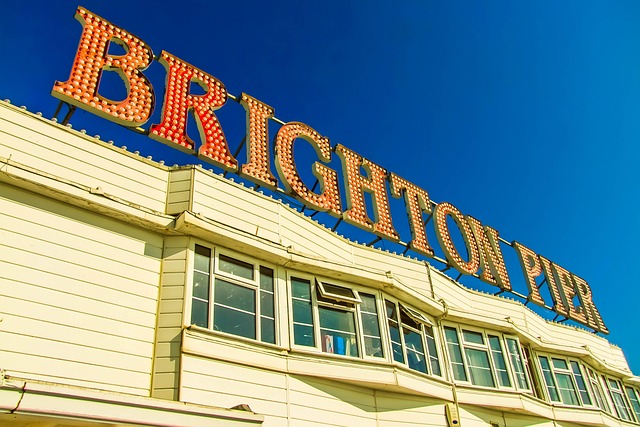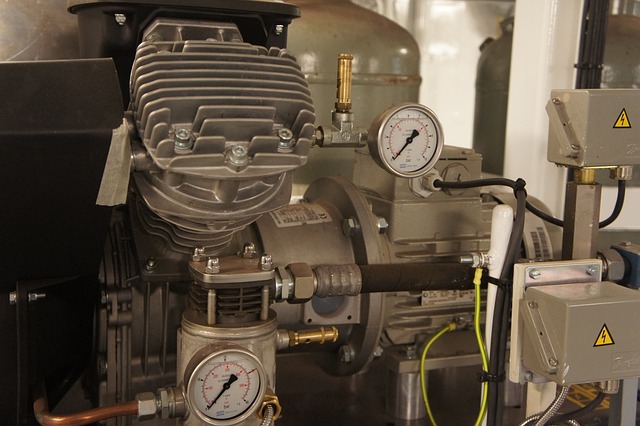Pier Installation is a powerful, versatile solution for slab structural repair, addressing issues like settlement and heave that compromise building integrity. By strategically placing support columns beneath slabs, this method redistributes loads, stabilizes structures, prevents future deterioration, and ensures long-term safety. Using advanced assessment techniques, professionals determine the best piering system (beam piers, strip foundations, needle piers, micropiles) for specific damage and soil conditions. Meticulous planning, precise drilling, and secure beam placement ensure effective weight distribution and slab restoration. Proper post-installation care, including regular checks and maintenance, secures long-lasting results. Case studies prove Pier Installation's reliability in both residential and commercial settings, offering significant ROI by preventing future repairs and ensuring structural integrity.
“Discover the power of slab structural repair, a game-changer in addressing foundation issues. This comprehensive guide explores the intricate world of pier installation—a strategic approach to reinforcing concrete slabs. From understanding common problems like settlement and cracking to delving into various piering systems, we unravel the secrets of successful execution. Learn how pier installation enhances structural integrity, prevents further damage, and offers long-lasting solutions. Uncover the benefits, case studies, and cost-effectiveness, making it a top choice for repairing and strengthening foundation slabs.”
Understanding Slab Structural Repair: Common Issues and Their Impact

Understanding Slab Structural Repair involves recognizing common issues that can compromise a structure’s integrity. One of the most frequent problems is settlement, where the slab shifts due to changes in soil conditions or load distribution. This can lead to cracks in the concrete, uneven floors, and even door frames that don’t close properly. Another prevalent issue is heave, caused by ground water expansion, which can lift and distort slabs.
These issues often necessitate Pier Installation as a repair solution. Piers act as support columns, redistributing load and stabilizing the slab. This method not only addresses the immediate structural damage but also prevents further deterioration, ensuring the long-term integrity and safety of buildings.
The Role of Pier Installation in Strengthening Foundation Slabs

When it comes to strengthening foundation slabs, Pier Installation stands out as a highly effective solution. This technique involves strategically placing supports beneath the slab to distribute weight and relieve stress. By installing piers, especially in areas with weak soil or existing damage, structural integrity is significantly enhanced. The process ensures that the load bearing capacity of the slab is improved, preventing further deterioration.
Pier Installation offers a durable repair method, providing long-term stability for various structures. It’s particularly useful in commercial and residential settings where large slabs bear significant weight. This approach not only stabilizes the existing slab but also paves the way for future construction or renovations, making it a smart investment for property owners and builders alike.
Assessing Damage: Identifying Weak Spots in Concrete Slabs

Assessing damage in concrete slabs is a crucial first step in any repair process, especially for those considering pier installation. Experienced professionals inspect the slab for visible cracks, uneven surfaces, or signs of settlement. These weak spots can indicate underlying structural issues that require attention before any repairs are undertaken. By closely examining these areas, experts can pinpoint problem zones and develop an effective plan to stabilize and strengthen the slab.
During the assessment, they may use advanced techniques such as moisture testing and load analysis to gain a comprehensive understanding of the slab’s health. Identifying weak spots early on ensures that the chosen repair method, like pier installation, addresses the specific needs of the concrete slab, providing long-lasting stability and structural integrity.
Types of Piering Systems: A Comprehensive Overview

Slab structural repair often involves pier installation as a key technique for reinforcing and stabilizing concrete slabs. Piering systems are designed to provide additional support, addressing issues like settling or uneven floors. There are several types of piering systems available, each with unique advantages and applications. These include beam piers, which are ideal for shallow repairs and easily accessible areas, and strip foundations, suitable for deeper underpinning in more complex situations.
Another common type is needle piers, known for their ability to penetrate dense materials and provide high load capacities. Micropiles, on the other hand, offer a cost-effective solution for smaller projects or targeted repairs. The selection of an appropriate piering system depends on factors such as soil conditions, slab size and weight, and the extent of structural damage. Understanding these variations enables professionals to choose the most effective Pier Installation method for specific slab repair needs.
Planning the Pier Installation Process: Steps for Effective Execution

Planning the pier installation process is a critical step in slab structural repair, ensuring long-lasting and effective solutions. Before beginning any work, it’s crucial to assess the damage, considering factors like the extent of the slab’s deterioration, load-bearing requirements, and local building codes. This initial evaluation guides the selection of appropriate piering techniques and materials.
The next step involves laying out the pier location precisely. Using advanced measurement tools and software, professionals can map out the optimal placement of supports, factoring in structural integrity and aesthetic considerations. Once the design is finalized, the installation can commence, employing specialized equipment to set and secure the piers, providing a robust foundation for the slab’s restoration.
Execution Techniques: How to Efficiently Install Support Piers

When executing slab structural repair, efficient installation of support piers is paramount. The process begins with meticulous planning and preparation, ensuring proper alignment and positioning for maximum structural integrity. Professional contractors use advanced tools and techniques to gauge the slab’s condition, locate load-bearing walls or columns, and mark the exact spots where piers should be installed.
During the actual pier installation, precision is key. Piers are strategically drilled into the concrete slab, often utilizing vacuum excavation methods to minimise damage. Once in place, steel support beams are carefully lowered into the holes, then securely fastened with high-strength bolts. This meticulous execution guarantees that the support piers effectively distribute weight and prevent further slab settlement, ensuring long-lasting stability for structures.
Post-Installation Care: Ensuring Optimal Performance and Longevity

After a successful slab structural repair using pier installation, proper post-installation care is essential to guarantee optimal performance and extend the longevity of the structure. This includes ensuring that any temporary supports or braces are securely in place and regularly checked to prevent accidental removal or damage. Additionally, maintaining the area around the piers clear of heavy traffic or weight loads for a specified period, as recommended by professionals, is crucial.
Regular inspection and maintenance routines should be established. Checking for any signs of movement, cracks, or instability in the slab and its supporting piers is vital. Addressing these issues promptly through minor repairs or adjustments can prevent more significant structural damage down the line. Moreover, keeping the surface around the piers clean and free from debris helps to maintain proper drainage, reducing moisture-related problems that could compromise the repair’s integrity.
Case Studies: Successful Slab Repair Projects Using Piering Techniques

In numerous instances, slab structural repair using piering techniques has proven to be a game-changer for both residential and commercial properties. Case studies from across the country highlight successful projects where pier installation has corrected foundation issues, prevented further damage, and restored structural integrity. For example, in an urban metropolis, a bustling commercial building with a history of settling and shifting was undergoing significant interior renovations. Engineers and contractors collaborated to implement a comprehensive piering solution, targeting specific areas of the slab. The result? A stable foundation, minimal disruption during construction, and a vibrant new space that will stand the test of time.
Another compelling example involves a historic home in a suburban neighborhood. Over time, the expansive slab had developed severe cracks and uneven surfaces, compromising the structural integrity of the entire house. By employing advanced piering techniques, experts were able to lift and stabilize the slab, addressing the underlying issues without extensive demolition. The careful placement of piers not only corrected the misalignment but also prevented future movement, ensuring the home’s longevity for years to come. These real-world applications demonstrate the versatility and effectiveness of pier installation as a reliable solution for slab structural repair.
Cost Considerations and ROI: Evaluating Pier Installation as a Solution

When considering slab structural repair, Pier Installation offers a cost-effective solution that can significantly enhance the return on investment (ROI). Compared to traditional repair methods, piering is often more affordable as it involves less excavation and material use. This non-invasive technique supports and stabilizes the existing slab without extensive restructuring, making it an economical choice for property owners.
The long-term benefits of Pier Installation make it a lucrative investment. By reinforcing the slab, this method prevents further damage caused by settlement or shifting soil, reducing the need for future repairs. As such, while the initial costs may be lower than some alternatives, the durability and stability provided by piering ensure that your investment is protected over time, offering both structural integrity and financial savings.
